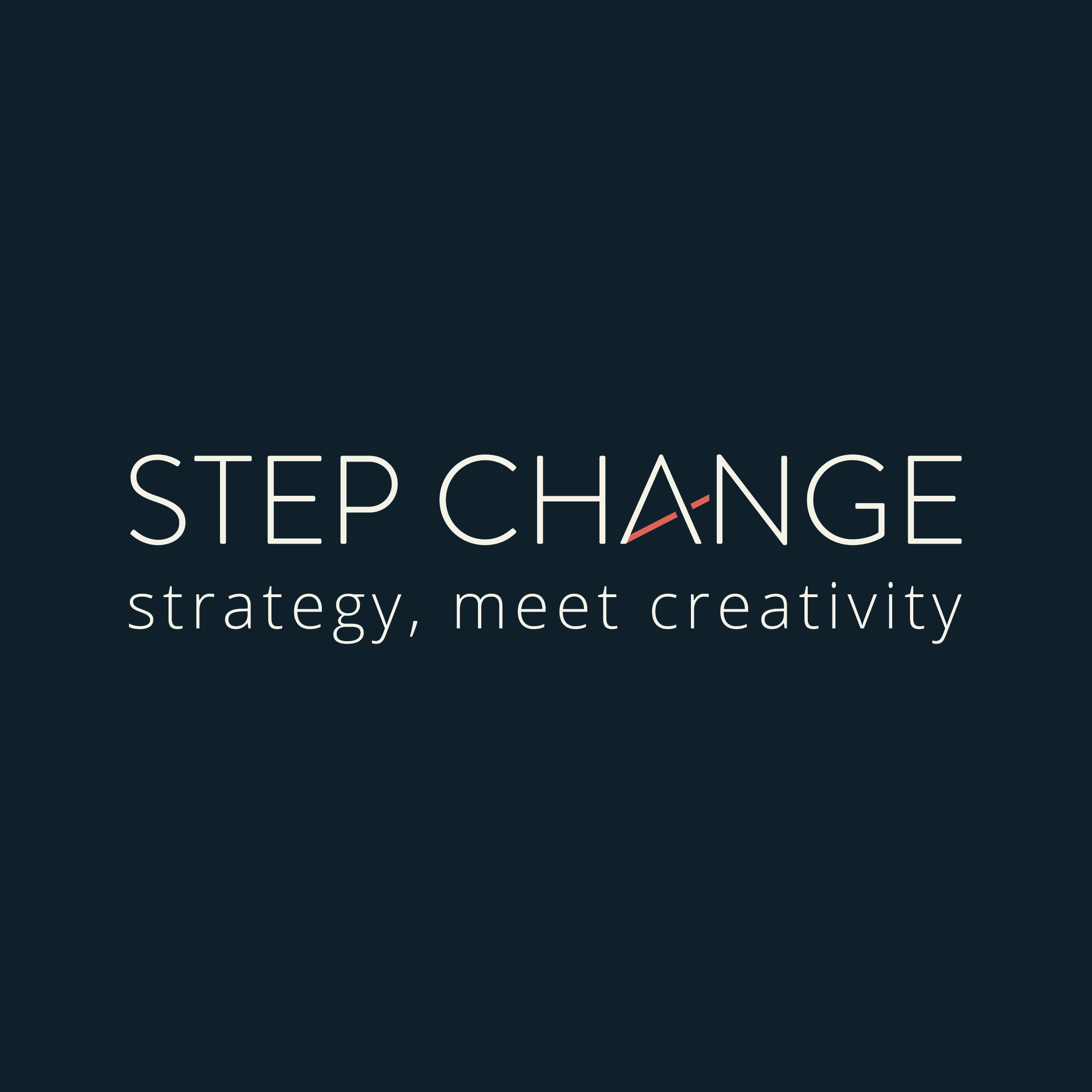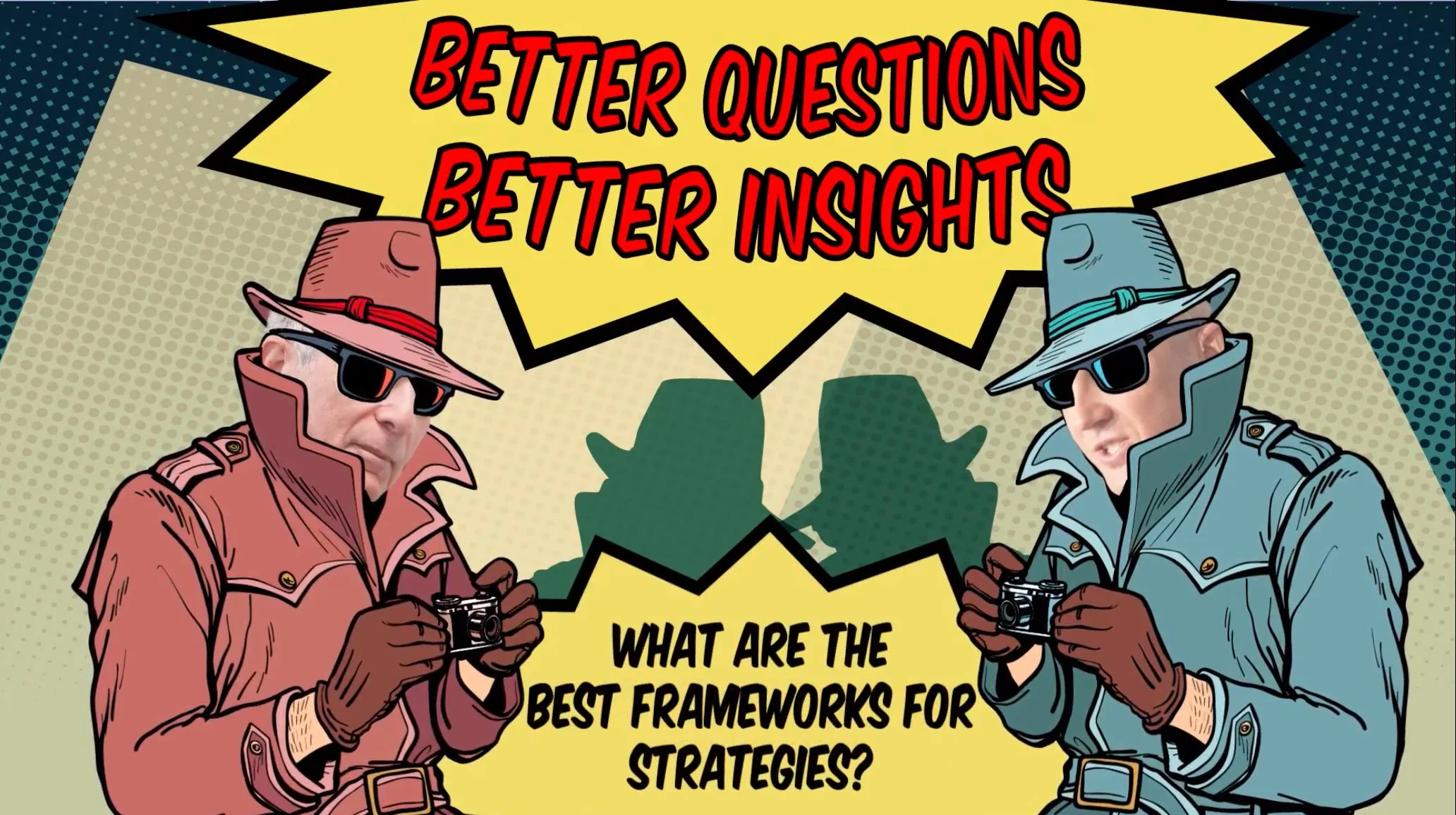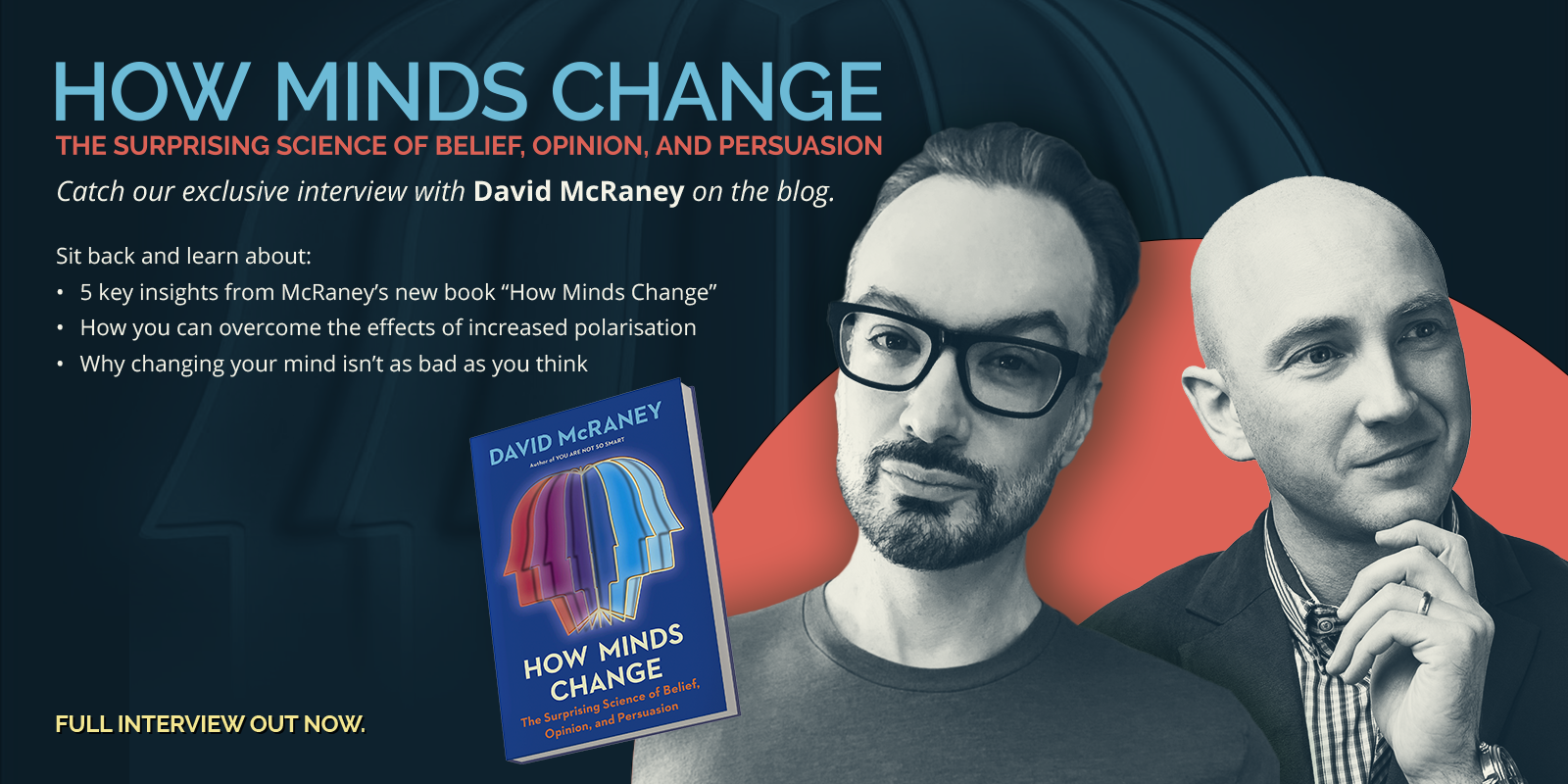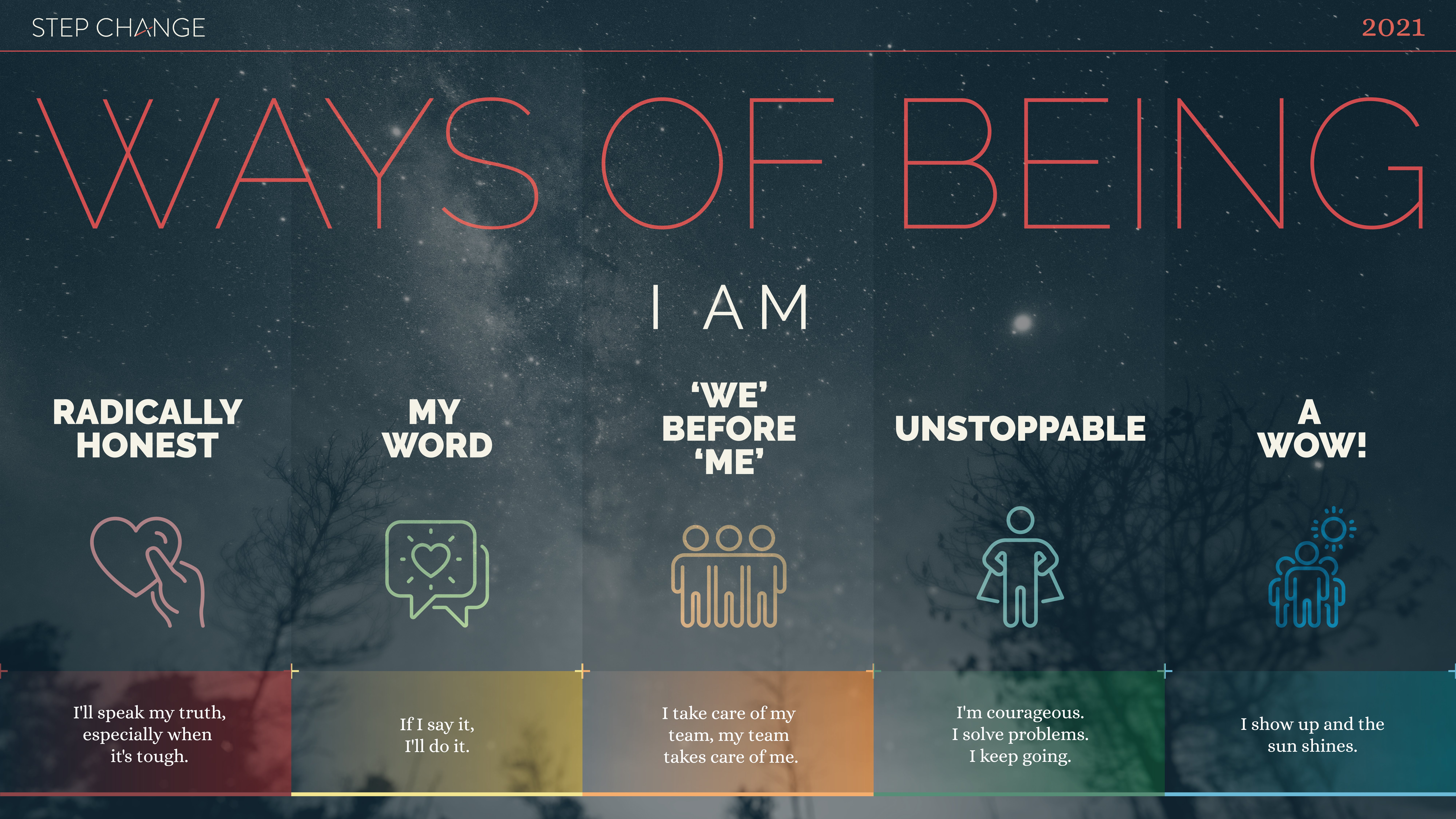A near infinite number of metrics are involved in calculating the effectiveness of marketing, but perhaps the most important metric of them all is the ROI. This guide will walk you through the ROI benchmarks in different areas of marketing.
Insight: It’s crucial for every marketer to be able to prove their marketing ROI and tie their efforts to revenue and other business outcomes.
Data: Only 27.62% of marketers are confident that they are effective at measuring marketing performance. (TrackMaven)
Key Action Point: Know the average ROI benchmarks for PPC, email marketing, marketing automation, content marketing, and SEO.
Contents
- What Is ROI?
- How to Calculate the ROI for Your Marketing Activities
- Pay-per-Click ROI Benchmark
- Email Marketing ROI Benchmark
- Marketing Automation ROI Benchmark
- Content Marketing ROI Benchmark
- Search Engine Optimisation (SEO) ROI Benchmark
- Conclusion
What Is ROI?
Return on Investment (ROI) refers to the amount of money that a marketer makes in relation to the amount that they’ve spent.
If a campaign costs $4,000 but brings in $40,000 in sales, its net profit was $36,000. Divide $36,000 by the campaign cost of $4,000, and you have an ROI of 900%. Though ROI may be simple to understand, in practice it can be difficult to calculate.
To calculate your ROI, you need to understand the true costs of your advertising — costs that could include everything from labour and administrative costs to the purchase of video and audio media.
In addition to this, you need to be able to calculate the income related to your marketing campaign. Depending on your campaign strategies, this can be extraordinarily difficult to quantify.
It’s easy, perhaps, to figure out how many people clicked on an email link and followed through to make a purchase. It can be harder to find out how many people made a purchase based on a television commercial.
Tracking your ROI requires that you consider how your metrics are going to be tracked in advance — and that you test your campaign strategies in a structured and procedural way.
Once you understand your ROI, you can begin to take action to improve upon it.
How to Calculate the ROI for Your Marketing Activities
Calculating ROI should be fairly easy: subtract the campaign cost from the profit and divide this amount by the campaign cost to find the appropriate ratio.
However, it’s finding the appropriate amounts to plug into this algorithm that is often difficult. Many types of marketing campaign are long-term in nature, rather than just causing a short-term increase in profit.
Social media advertising and content marketing, for instance, are designed to build up over time; it’s difficult to quantify their overall impact to an organisation’s brand identity and direct sales conversions.
Even paid advertising can be difficult to quantify as many consumers require multiple engagements with a business in order to convert.
A user may see a banner ad five times and only click on it once; the other banners still had value, but they wouldn’t have any type of tracking because they didn’t lead directly to a sale.
Thus, though you can often see how your income is trending in relation to your advertising campaigns, it may not be possible to identify the exact values.
And in addition to direct revenue, there are also metrics such as the lifetime value of a customer.
An advertising campaign may bring in a customer who purchases a $200 item, but this customer may have upwards of $2,000 in value to the company through purchases later on. While the advertising campaign initially brought in a revenue of $200, long-term it brought the company thousands of dollars more.
Ultimately, the methods which these types of metrics are derived is just as important as consistency.
It is extremely important to be able to calculate accurate ROI, but precision is equally as important; while you may not be able to directly quantify the amounts that the campaign is bringing in, you can determine how much your income is going up and down.
This is how benchmarking works; benchmarking compares current metrics in relation to past metrics.
There are multiple methods of calculating ROI that may have better accuracy depending on the type of campaign that is being run.
Still, these calculations may need to be modified and optimised for your organisation and based on your marketing strategy.
Pay-per-Click ROI Benchmark
Calculating pay-per-click ROI is, in some ways, far easier than calculating other types of ROI, as tracking is built right in.
Most PPC platforms offer tracking codes, which indicate to the marketer which leads are coming from which channel. This is true even it multiple PPC campaigns are running at once.
In paid advertising, you can track your performance based on a couple of different metrics:
- Cost per click
- Cost per action
Cost per click will tell you how much you spend every time a user clicks on your ad, but it doesn’t necessarily mean that the users convert.
The average cost per click across all industries is $2.69 for search and $0.63 for display.
Cost per action will tell you how much you spend every time a user performs a specific action, such as filling out a survey or making a purchase.
In AdWords, the average cost per action is $48.96 for search and $75.51 for display.
Either way, you’ll still need to determine how much revenue is coming in, which often means tracking user activity through your company’s website.
Many CRM solutions and e-commerce platforms are able to track customers down the sales funnel to see whether they convert as well as when they abandon the purchase process.
In addition to ROI, you may also want to track metrics such as conversion rates.
Conversion rates tell you how effective your advertising is. If you have a high cost per click but a low conversion rate, it will ultimately lead to poor ROI. By improving your conversion rate, you can make each click that much more effective.
For comparison, the average conversion rate across all industries is 3.75% for search and 0.77% for display.
An example of pay-per-click ROI:
- $2,000: Expenses for per click advertising and media for ads
- $3,000: Purchases by customers who have clicked through these ads
In this example, the ROI would be 50%: the company made $1,000 in total, which is half their spend for the advertising. And, of course, as long as the company is profiting, then the advertising is beneficial.
Improving PPC advertising is often a matter of ensuring that the advertisements appropriately target the audience. Users who click through an ad but don’t make a purchase are users who thought that they were clicking on something else or users who weren’t really interested in the product to begin with.
Through better demographic targeting, an organisation is able to better present their ads to individuals who will convert. Thus, clicks on ads are more likely to turn into conversions, and the per conversion spending rate will be much lower.
Email Marketing ROI Benchmark
Email marketing has a slightly more direct ROI calculation than other types of advertising, as the results of email marketing is generally fairly immediate.
Email marketing carries with it the goal of having a user immediately click on a link or otherwise follow a call to action. Email also has one of the highest ROI rates, but this is highly dependent on the strategy and the segment lists.
The DMA’s study reveal that on average, businesses can earn US$44 for every dollar they invest on email marketing.
Some metrics used in email marketing include:
- Open rates
- Click rates
- Bounce rates
Open rates indicate that users are interested in the email subject and its content, while click rates indicate that an email user has actually passed through to the website. Bounce rates indicate that the users lost interest during the process.
An email with high open rates but low click rates may have a subject line that is different from the subject matter. On the other hand, an email with high click rates and high bounce rates may have a link that does not properly indicate the link’s content.
For an email, an ROI picture might look as follows:
- $2,000: Expenses for email lists and email written content.
- $4,000: Purchases by users who clicked a link in the email.
Consequently, the ROI would be 100%: the company will have earned as much as their initial spend — $2,000.
Improving this ROI would be a matter of increasing the number of clicks per each piece of purchased email content. If the cost of generating content and purchasing email lists remain static, but purchasing goes up, then the overall ROI will also improve.
Likewise, if a campaign has a large number of clicks, but these customers aren’t converting, the company will need to focus on guiding customers appropriately through their sales funnel.
Marketing Automation ROI Benchmark
Marketing automation is a broad scope marketing strategy that involves the automatic distribution of content, sending of emails, and otherwise connecting with customers based on pre-set processes and procedures.
Examples of marketing automation include:
- Triggering emails based on customer behaviour, such as leaving a cart full without checking out.
- Sending newsletters to customers who have not returned, urging them to reconnect.
- Sharing posts automatically to social media, with the goal of getting customers to connect.
However, because much of marketing automation ties into streamlining existing marketing processes — such as emails and newsletters — it can be more difficult to quantify its value.
According to Focus Study Research, 32% of marketers noted a positive ROI after 2–6 months from the time they purchased the system.
The beauty of marketing automation is that its expenses are all front-loaded. Once the software and content involved are in place, then marketing automation only results in positive revenue.
Upfront costs of marketing automation could include an upgrade to new CRM software and drafting of automated emails. However, once these expenses have been paid, any purchases that come from these automated emails would be pure revenue.
It’s easy to identify the revenue that comes from newsletters and emails. It is less obvious to determine the revenue that comes from things such as automated sharing to social media networks, though it is possible to track any links that go out from that social media. However, much of this may also fall under the purview of content marketing ROI.
Content Marketing ROI Benchmark
Social media, newsletters, and blogs all comprise content marketing — which is one of the most challenging and most abstract forms of marketing to calculate in terms of ROI.
Content marketing is specifically designed to build revenue in a more subtle way. It brings potential customers in while building customer loyalty, with the hopes that they may one day engage with the business.
But that day may not be immediate — in fact, the user themselves may never engage, but may instead share content and bring other potential customers in.
When it comes to content marketing, there are a number of expenses that can be quantified:
- The cost of content production
- The cost of managing and curating content
- The cost of managing social media accounts and interacting with users
However, associated revenue can come in multiple ways:
- From direct clicks through shared content or social media sites
- From customers who remember the organisation and actively seek it out
- From customers who see an ad or other form of marketing and make a purchase due to the content they have seen before
In the first scenario, it’s easily possible to track users who have clicked on links and made a purchase.
In the second scenario, there’s no real way to quantify how many customers have thought about a company due to its content and then made a purchase.
In the third and final scenario, content marketing will actually boost the effectiveness of other marketing campaigns.
It’s for this reason that quantifying the overall impact of content marketing is often a result of seeing how a content marketing campaign begins to improve revenue overall.
An organisation can see that spending $1,000 in content marketing has led to a marked increase in its own revenue, or the organisation may see that its content marketing spending directly correlates to increases and decreases in revenue.
More commonly, an organisation may pay attention to different types of marketing metric, such as:
- Follower counts on social media accounts
- Shares for blog posts
- Likes on social media
An assumption can be made that increased engagement will ultimately lead to increased revenue and thus does give marketers a benchmark that they can follow when they are attempting to improve their content marketing campaigns.
But it still cannot tell marketers the true value of their marketing campaigns, especially as content marketing is designed to grow in value over time, effectively becoming much more powerful once it is in full swing.
Content marketing may also have multiple goals. A content marketing campaign may not necessarily be designed to increase revenue but instead to increase organic traffic or to increase brand awareness.
In these situations, the ROI itself may not matter as much. Increases in traffic can be seen to correlate directly with increased hits as content marketing continues, but it can also be seen as natural, organic growth — and that can be confusing.
So when discussing content marketing ROI, it becomes important to instead understand what content marketing does and how that content marketing impacts the rest of the process.
Content marketing that is able to drive traffic is also content marketing that is able to drive revenue. This can be done by:
- Determining how many users content marketing is bringing in by tracking social media channels and increases in website traffic
- Determining how many users actually convert to a purchase when browsing a website
An organisation may know that:
- Content marketing costs $5,000 a month
- Content marketing increases traffic by 10,000 users a month
- Historically, 10% of users will convert to a purchase
- The average spend of a user is $100
- Thus, content marketing is bringing in an estimated revenue of $10,000 a month
In this situation, the ROI would be 100%, as the company is spending $5,000 to make $10,000, with a net profit of $5,000. Though the process involves estimates, it still produces an ROI.
In terms of content marketing, improving ROI is usually a matter of improving the effectiveness of the content marketing, in terms of bringing in traffic.
At the same time, an organisation must track its conversion rates. If traffic starts to go up sharply but conversion does not, the content marketing may be successful but not focused; it may be bringing in large numbers of users who aren’t necessarily interested in making a purchase.
While this isn’t necessarily bad — it still expands the organisation’s reach — it may not be the most effective use of the organisation’s marketing dollars, especially an organisation focused on revenue expansion.
Search Engine Optimisation (SEO) ROI Benchmark
Like content marketing, search engine optimisation is a slow burn technique that often has a more significant impact on revenue than it may seem.
SEO involves increasing the likelihood a user will find a company’s website when searching for related content or topics.
Though it is possible to see how many people are visiting a website from a search engine, it may occasionally be difficult to determine whether they are finding the website due to efforts in SEO or whether they have found the website purely by luck.
But it is possible to measure results based on SEO investment, again similar to the process of content marketing.
For SEO, the ROI picture may appear to be:
- $5,000 invested in SEO and content generation
- An increase of traffic by 5,000 users following SEO
- 500 users convert to sales, bringing in $20,000
In the above scenario, SEO had an estimated ROI of 300%, as $15,000 of profit was netted. Like content marketing, ROI must be estimated based on historical numbers.
An organisation must track other metrics and continuously update the number of customers who convert, the average value of the conversion, and the average lifetime customer value.
To improve upon SEO’s ROI, a company would need to test its SEO tactics to find the strategies that lead to the highest percentage of conversions.
This is often a matter of producing content that a company’s target audience is interested in, while also making this content as “search engine friendly” as possible. SEO content will have common keywords, be professionally written, link to it other useful resources, and often provide answers to important questions.
It is important to note that there’s significant crossover between content marketing and SEO. Search engine optimisation is about optimising content to place higher in web searches, while content marketing is about providing valuable content that users will remember and share.
Like content marketing, SEO has to specifically target individuals who are interested in the product: organic traffic is still useful, but not as useful as genuine leads.
Due to the relationship between SEO and content marketing, there’s a single content cost that is split between SEO and content marketing ROI calculations. For that reason, these two investment are often lumped in together in terms of ROI, even though the metrics that are used to track effectiveness — such as current search engine ranking — may differ between the two.
ROI is an important metric to be aware of, as its the primary indicator that your campaign is operating effectively.
While it isn’t always possible to determine your ROI accurately, you can do so with enough precision that you will easily be able to see trends, such as increases and decreases in campaign effectiveness.
Understanding ROI is a first step towards being able to reliably grow your organisation’s revenue and expand.
When you understand your ROI, it becomes easier to engage in smoother and more aggressive growth. If your ROI for a given strategy remains positive, then it’s often in your organisation’s best interests to continue to scaling upwards its operations.
If your ROI begins falling, it’s an indicator that your strategies are no longer viable or that your current markets have come saturated.
ROI is only one piece of a very complex puzzle. Understanding the whole puzzle often requires both experience and expertise.
Working with a marketing team or agency can aid your organisation in developing the best strategies, analysing key performance indicators, and evolving strategies within an often shifting market.
















